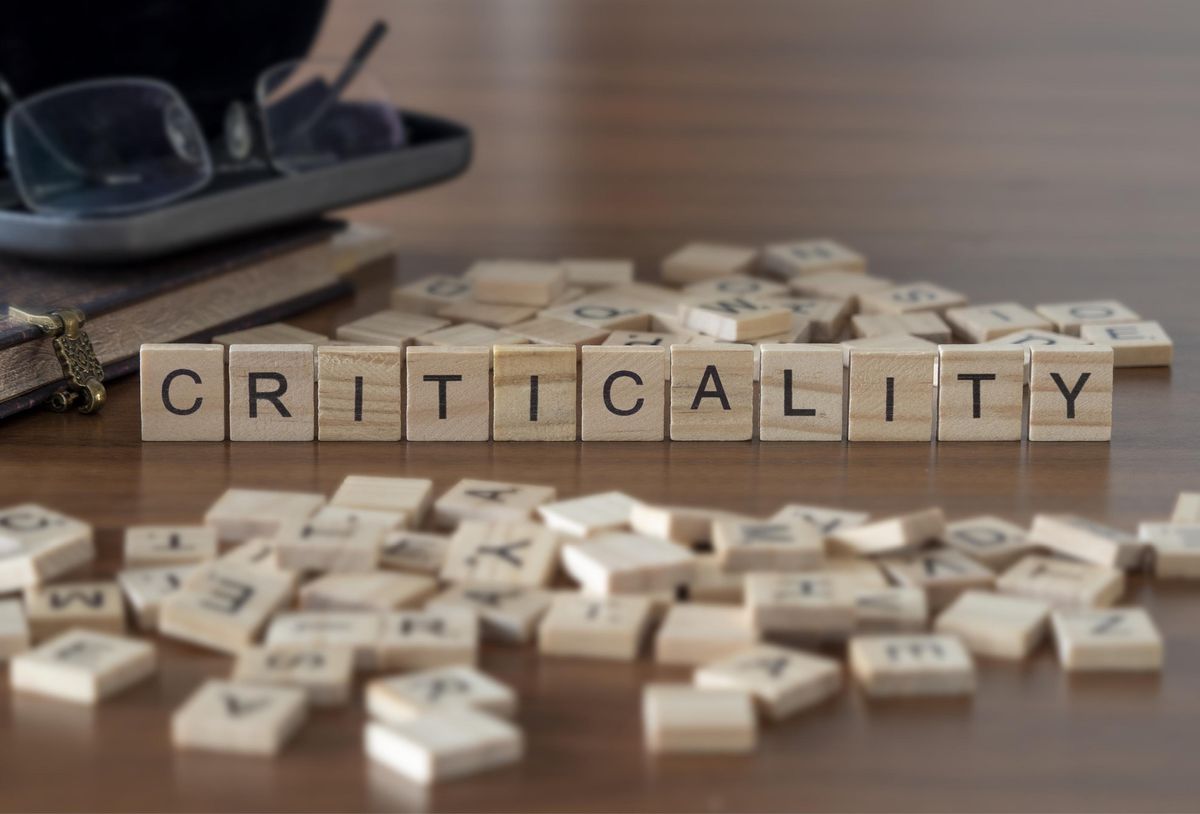“I can’t believe the results worked out so well,” explained one of the maintenance leaders as he stared at the screen. “We have such a wide group of people, but all of our opinions ended up in about the same spot.”
“Yes," the facilitator replied, “and just two hours ago you said you did not have enough knowledge of ‘everything’ to participate.”
“I appreciate the approach and how all of our perspectives were incorporated,” said the director of engineering. “Apparently, we did understand this. We just didn't have a way of sorting through it."
“Maybe now,” the plant manager added, “we finally have a way to know where to get started. That is what is most important to me. We do not have unlimited resources.”
This story unfolded six years ago at a facility in central Florida. It is a familiar story in many ways. However, this one stands out due to the sharp dislike between the manager and the director of engineering and the commitment of one key maintenance leader to stay out of the fray. The effort exceeded expectations in the end, not only for the results, but also for the way the process brought a very fractured team together.
When it comes to criticality analysis, three key factors must be emphasized:
Criticality Analysis Is Essential
Criticality is a relative measure of importance. Regardless of methodology, criticality analysis helps to build a staff’s understanding of systems and functions, test the quality of existing data and information, and establish a place to start when implementing any improvement.
- Criticality analysis should be used as THE starting point for:
- Condition Assessments;
- Preventive Maintenance Program Improvement;
- Work Prioritization;
- Inventory Management and Critical Spares;
- Predictive Maintenance Programs;
- Health and Safety Improvements;
- Design and/or Redesigns;
- Operations and Maintenance (O&M) Budget Development;
- Capital Improvement Plan (CIP) Prioritization;
- Communications.
Start With a System-Level Approach
A system is a collection of interrelated parts that produces a result that individual parts cannot produce separately. A nuance of a system is that the individual parts do not need to be performing optimally as long as the parts are working together. Good practices in systems and reliability engineering start at a higher level (system or subsystem) and work down to the component level once the higher-level relationships are understood.
A major flaw with many traditional asset management approaches to criticality is that the work begins at the asset level and works up. By working at the lower level first, many assumptions are made related to fault avoidance (e.g., derating stresses or using higher quality components), fault tolerance (e.g., redundancy), and the desired functions of the overarching system of interrelated parts.
In addition to being technically correct, understanding relationships at the subsystem level (e.g., ammonia chemical feed system, influent pump station, etc.) is more intuitive to a wide range of staff rather than working at an asset class or type level. Starting at the system level produces better final results.
Trust What You Already Know
The truth is the current staff already knows what is critical (most important) to the desired function of their facility. One simple question to prove the point is: "What would you do if you came in one day and nothing was coming out of the back end of the plant?" Just about everyone would get the grouping of high, medium and low correct, although the sequence of their start would be a little different.
And that is the point. The people who operate the facility every day are not stupid nor need to be enlightened by distinguished theoretical experts. The people at the plant need an approach to bring consensus to their fine differences so they can improve. They need consensus on where to start and what to do next.
Summary
Criticality analysis is important when:
- Struggling to prioritize your maintenance program and related resources;
- Facing a major capital investment;
- You need a structured, new way of evaluating old problems;
- There is a change in leadership and a quick confirmation of the existing system is desired;
- You simply do not have enough data to support anything beyond a qualitative approximation.
The three things you need to know about criticality analysis are:
- Criticality analysis is the essential first step in any improvement program;
- Start at the system level and work down to the component level;
- Trust that the people most close to the action understand what is most important.
Resources
Solomon, J.D. “Two Way to Improve Reliability and Ease Co-Worker Understanding.” J.D. Solomon, Inc.: November 23, 2021. https://www.jdsolomoninc.com/post/two-ways-to-improve-reliability-and-ease-co-worker-understanding
Solomon, J.D. “Improving System Performance Starts with a Criticality Analysis.” J.D. Solomon, Inc.: February 8, 2022. https://www.jdsolomoninc.com/post/improving-system-performance-starts-with-a-criticality-analysis
Solomon, J.D. and Oldach, Jim. “Forced Rank Methodologies to More Efficiently Perform Criticality Analysis.” Proceedings from the 2016 Annual Reliability and Maintenance Symposium (RAMS), Tucson, AZ, January 24, 2016.
Solomon, J.D. and Oldach, Jim. “The Solomon-Oldach Asset Prioritization (SOAP) Method.”
Proceedings from The RELIABILITY Conference, Las Vegas, NV, April 27, 2017.






